Your Cart is Empty
Indoor plants transcend mere decoration; they symbolize a living mosaic of health, abundance, and tranquility that roots back to ancient civilizations. Revered not only for their visual charm but also for their enigmatic and restorative qualities, these leafy guardians have historically graced our personal spaces, offering a whisper of the wilderness to our daily lives. In today's urban environments, these botanical companions are more than just ornamental; they are silent sentinels and nurturers of our well-being, infusing our homes with cleaner air and our minds with a sense of calm.
Embark on a journey through the lush landscape of indoor plants, exploring their transformative impact on our living spaces and well-being and unveiling the champions among them known for their superior air-purifying powers. It's a narrative that celebrates the enduring symbiosis between human habitats and the natural world, highlighting the subtle yet profound ways these verdant friends contribute to a life of health, harmony, and sustainability.
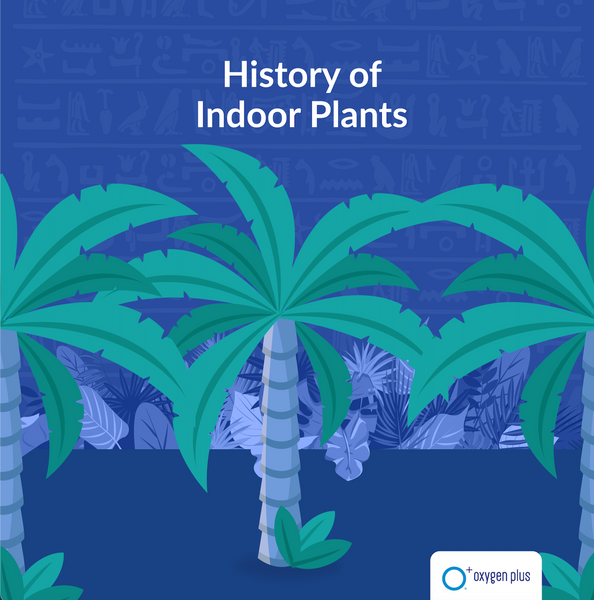
Indoor plants have been an integral part of human history, transcending mere decorative elements to embody symbols of life, prosperity and well-being. Tracing back to the ancient civilizations of the Egyptians and Romans, indoor plants were not only used to adorn living spaces but also revered for their mystical and healing properties. Fast forward to the modern era, the intertwining of nature with our urban lifestyle has become more significant than ever. Amid the bustling city life, indoor plants serve as a bridge to nature, bringing a slice of the serene outdoors into our homes and workplaces.
The benefits of nurturing plants indoors extend beyond their aesthetic appeal. Scientific studies have consistently highlighted the profound impact of indoor plants on air quality, mental health and overall well-being. Indoor plants are not just silent companions; they are active agents in purifying the air we breathe. One of the fascinating facts about plants like the Spider Plant is its rapid rate of photosynthesis, which not only oxygenates the air but also eliminates toxins like formaldehyde with surprising efficiency.
Among the myriad of indoor flora, certain species stand out for their exceptional air-purifying and oxygenating capabilities. Let's delve into the top ten plants that are not only easy to maintain but also formidable allies in ensuring a healthier, cleaner living space.
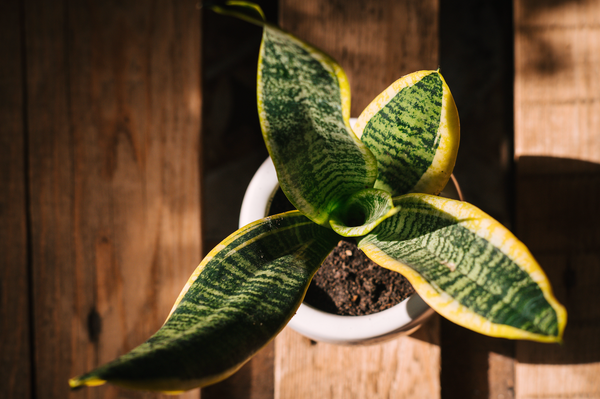
Recognized as one of the best indoor plants for oxygen, the Snake Plant is a resilient warrior against indoor pollution. Studies suggest that it can convert CO2 into oxygen even at night, making it an ideal bedroom companion.

With its lush foliage and white blooms, the Peace Lily is more than just a visual treat. It's a robust purifier, known for removing airborne toxins such as benzene, formaldehyde, and trichloroethylene.

A champion in removing pollutants, the Spider Plant is renowned for its rapid photosynthesis process, effectively reducing indoor pollution and enriching the air with oxygen.
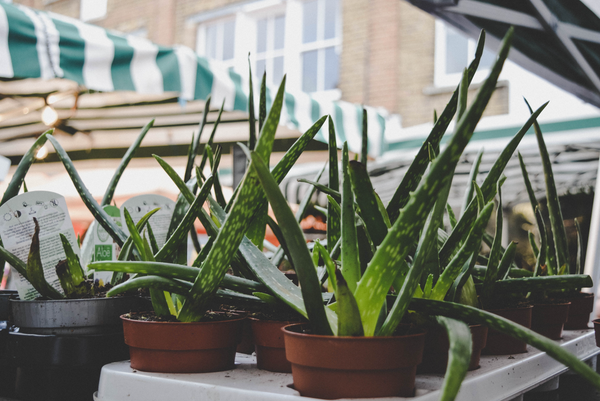
Best known for its medicinal properties, Aloe Vera is also an excellent air purifier. It helps clear formaldehyde and benzene, which can be a byproduct of chemical-based cleaners and paints.
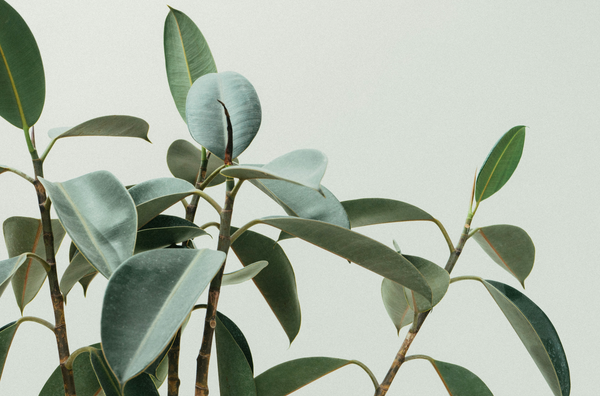
With its large, glossy leaves, the Rubber Plant is not just visually striking but also a potent air purifier, especially effective in eliminating formaldehyde.
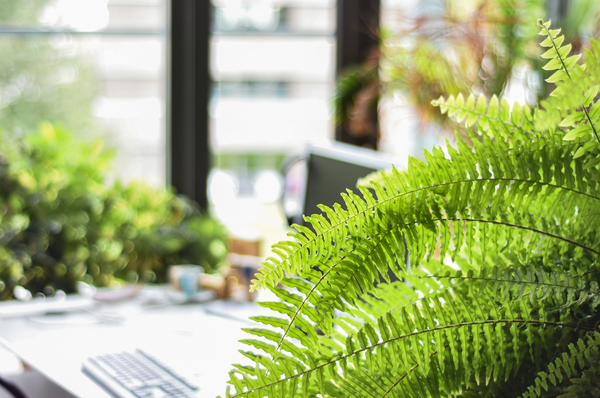
This lush plant acts as a natural humidifier while also working hard to remove compounds like formaldehyde from the air.
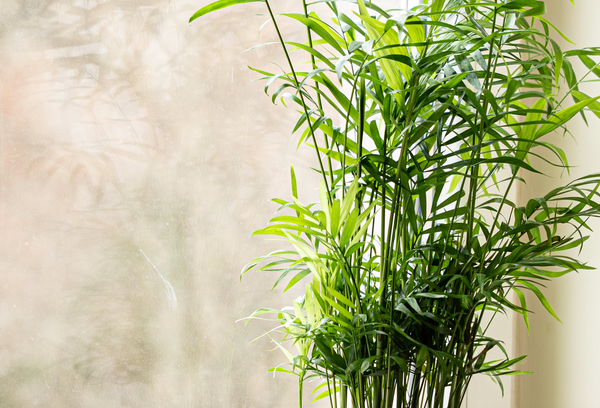
Known for its lush, tropical appearance, Bamboo Palm also stands out for its ability to filter out benzene and trichloroethylene.

Philodendrons are not only easy to care for but also particularly effective in battling formaldehyde from indoor air.
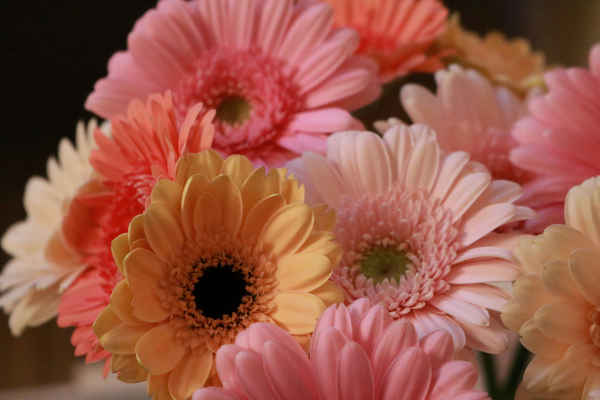
This bright and cheerful plant is effective at removing trichloroethylene and benzene, often emitted by inks.
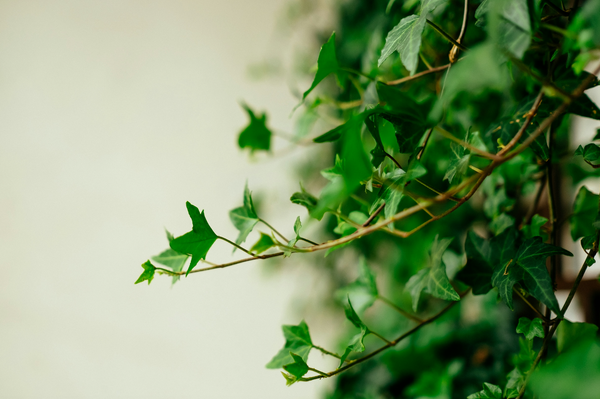
An excellent choice for reducing airborne fecal particles, English Ivy also filters out formaldehyde, making it a perfect plant for bathroom decor.
While these plants are efficient in enhancing indoor air quality, it's important to recognize that they are part of a larger ecosystem in our homes. Factors like ventilation, humidity, and the presence of pollutants play a significant role in determining the air quality. During times of increased air pollution, such as wildfires or high pollution in urban areas, even the best plants to reduce indoor pollution might need a helping hand.

In our quest for cleaner indoor air, especially during periods of wildfires or urban pollution peaks, the role of innovative solutions becomes paramount. Oxygen Plus stands out as a beacon of purity in these challenging times. Not only does the company have an array of oxygen-giving plants located in offices and hallways throughout their headquarters in Minneapolis, Minnesota, the product it makes is pure oxygen for active, wellness-minded people. Breathing pure recreational oxygen offers the benefit of more mental clarity amidst the haze of pollutants, serving as a vital supplement to the natural air purification provided by indoor plants. While it won’t remove toxins in ambient or outdoor air, integrating Oxygen Plus into your routine can provide a much-needed respite for your lungs, ensuring each breath is a step towards revitalized well-being, even when the air outside is less than ideal.
The symphony of greenery within our living spaces does more than please the eye. It's a testament to the harmonious relationship between nature and humanity, a bond that not only enhances the aesthetic of our homes but also nurtures our mental, spiritual and physical well-being. As we continue to navigate through the complexities of modern life, let's embrace these natural allies, ensuring a breath of fresh air in the truest sense, while also recognizing the role of innovative products like Oxygen Plus – who is Certified Carbon Neutral and also donates 1% of its revenue to environmental causes who combat pollution – in fortifying our fight against poor indoor air quality. With each plant we nurture and every step we take towards sustainable living, we contribute to a healthier, greener planet – one breath at a time.
